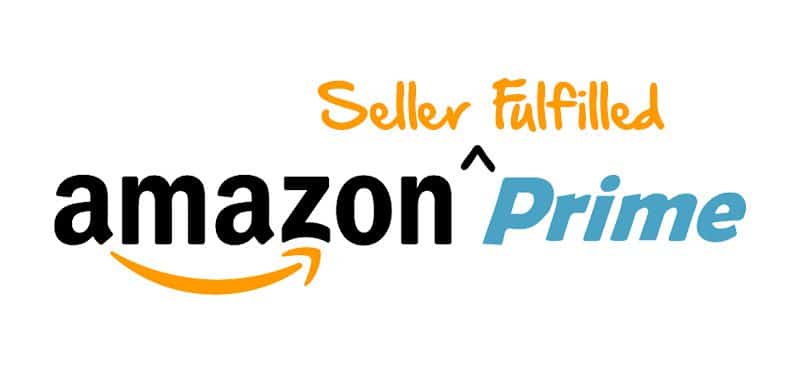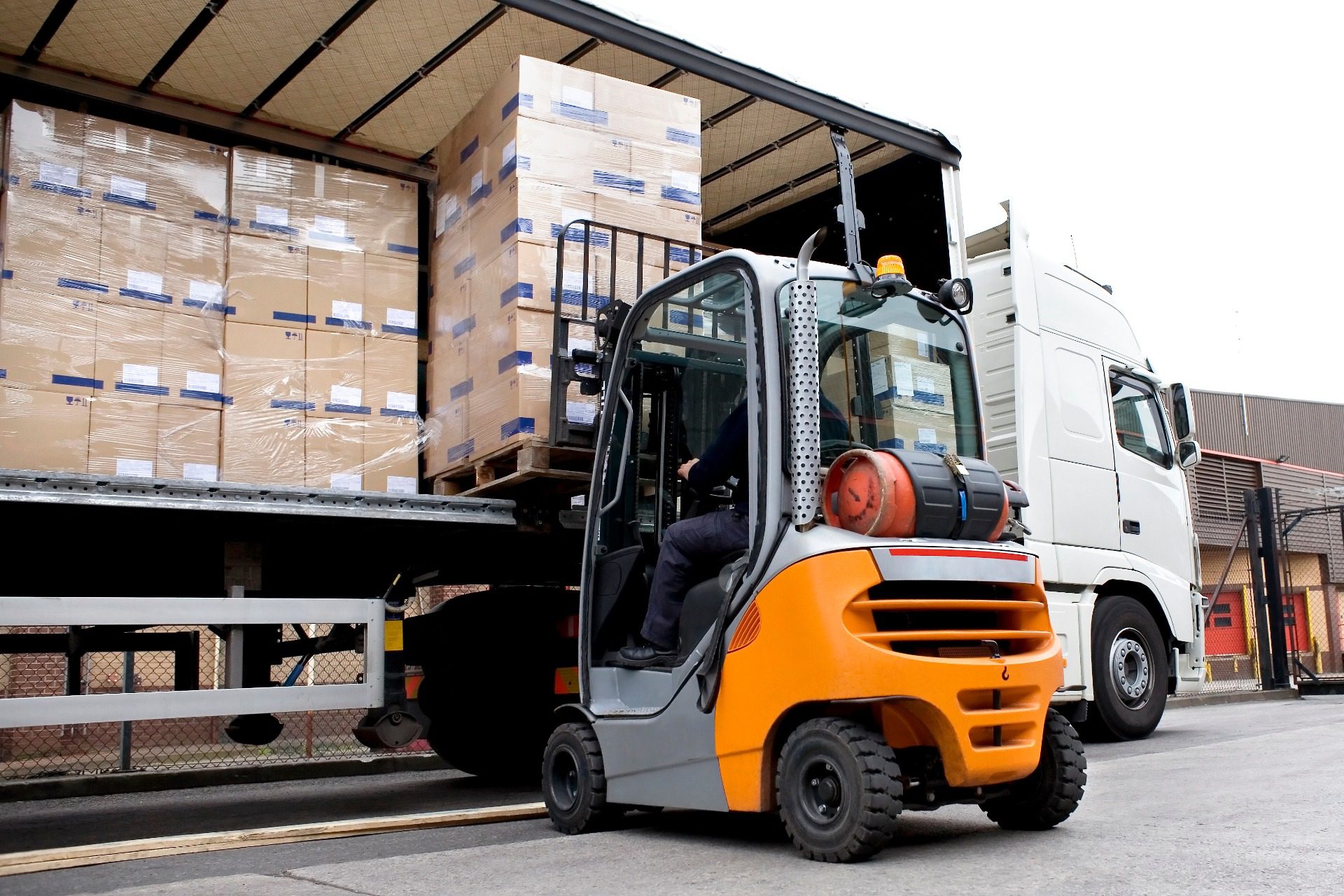The 2015 launching of Amazon’s Seller Fulfilled Prime (SFP) was exciting for merchants with Professional Selling Accounts who had longed to see the Amazon golden touch grow their revenue. The program allows high-volume sellers to proudly boast the Prime label on their eCommerce store, giving them instant recognition and earned trust with consumers. The addition of this badge of honor is huge for merchants, as it’s proven to boost both coveted conversions as well as sales. But it’s not right for every merchant.
It’s been a few years now since this industry-changing standard was established, so how has it changed since that 2015 launch? The biggest change is a recent one: the 1-day prime standard.
What is Seller Fulfilled Prime?
Seller Fulfilled Prime is one of Amazon’s fulfillment option programs for sellers. If qualified, merchants can offer Amazon Prime services and display the “Prime” badge on their digital marketplace, regardless of if they are fulfilling website orders via a third-party logistics (3PL) provider or from their own warehouse. Sellers must be qualified to gain the SFP status, and the program means they no longer need to rely on Fulfillment by Amazon (FBA).
This is enticing to many merchants, as the process to get product to Amazon’s fulfillment centers for FBA orders can be a drain, both in terms of cost as well as time. Additionally, it can be a headache to manage inventory and quality control when maintaining more than one site that houses your product.
The promise of increased conversions and skyrocketing sales is intriguing for many online sellers, but there is a caveat here: you must be able to follow strict delivery guidelines, getting products into the hands of consumers within the Prime timeline, which traditionally has been a 2-day window.
Recently, however, the eCommerce giant announced they’re investing $800 million (yes, you read that right) to make the new Prime shipping standard a 1-day turn-around, cutting the decade-long 2-day ship speed in half. This admittedly will put increasing strain on smaller Amazon merchants who may not be able to afford to keep up with the costs of complying with the lightning quick shipping speed.
Prime was a huge original selling point for Amazon, adding value to their membership fees. Quick shipping and easy returns are two ways Amazon is able to convince members to fork over the $100+ annual membership fee.
How to Meet Amazon’s Requirements for Seller Fulfilled Prime
SFP may not be for every merchant. It’s important to understand the process of becoming a qualified SFP so you know what you’re up against. You’ll need to meet eligibility requirements and apply and go through a stringent trial period.
If you successfully make it through the trial, you’ll be required to maintain all the mandatory Amazon standards in order to keep your SFP status. Note that Amazon has total control over when and if they accept new registrations for SFP. Check here for up-to-date enrollment or waitlist opportunities. Review the steps below to see if SFP is right for your brand.
Step 1: Get a Professional Seller Account
The first step to becoming an SFP merchant is to get a Professional Seller Account. You cannot be SFP with just a consumer or casual seller Amazon account. For an additional fee, you can upgrade your regular Amazon account to a Professional Seller Account. Note that you’ll need the following to complete this process:
- Business name and address
- A telephone number (can be landline or mobile)
- A valid bank account and a credit card
- Tax identifying information, either your social security number or Employer Identification Number (EIN)
Step 2: Meet the Requirements to Qualify
There are strict requirements and qualifications to be an SFP. The process is rigid, and only well-qualified merchants will be successful. You must be able to:
- Offer premium shipping on products (non-standard, upgraded, expedited shipping options)
- Statistically ship more than 99% of your orders on time – and be able to prove it
- Maintain a less than .5% cancellation rate on orders
- Use Amazon Buy Shipping Services on 98.5% or more of all orders
- Use a supported SFP carrier to ship and deliver orders
- Fully agree to honor Amazon’s user-friendly return policy
- Agree to allow Amazon to deal with any and all customer service inquiries
Step 3: Complete the Trial Period
The trial period is unforgiving and strict, but those sellers who are able to successfully complete it will be automatically enrolled in SFP. After signing up to begin your trial, enable prime shipping in the Prime trial shipping template and enroll the products you want to offer as SFP.
Completion of the trial period proves that you are able to comply with Amazon’s shipping standards. Any of your enrolled Amazon Standard Identification Numbers (ASINs) will then show the Prime badge.
Trial periods can last up to 90 days and will automatically reset if you haven’t completed all the requirements successfully. Upon successfully completing all requirements, the trial will terminate. During the SFP trial period, you must fulfill at least 50 orders and meet the following requirements:
- On-time shipment rate of 99% (on Prime orders)
- Ship orders on the same day as long as they are placed prior to your cutoff time
- Use the Buy Shipping Services on 98% or more of the trial orders
- Have a cancellation rate of .5% or less of all trial Prime orders
Step 4: Stock Your (Own) Warehouse with Product
Once you become eligible for SFP, your badge will be displayed within 24 hours. Keep in mind, you must maintain those minimum performance requirements to keep your SFP status. Be sure you are stocked with inventory and ready to ship, given your same-day shipment requirements.
Step 5: Find Approved Carriers and Ship On Time
Buy shipping labels and ship through one of the Amazon approved carriers. Be sure to process and ship Prime orders within the required time frame.
We know this process can feel overwhelming, but you don’t have to navigate it alone. ShipCalm is experienced at helping customers meet Amazon’s stringent requirements and successfully registering their seller accounts. We can help you navigate the process, too!
Is Seller Fulfilled Prime Right for My Business?
SFP is not for every business. There are many pros and cons. It’s true that many merchants have been wildly successful with SFP, but it’s important to really weigh the reality of what this actually means.
- Potentially higher shipping costs
- exponentially increased sales that need to immediately be processed and fulfilled
- strict, mandatory requirements
- sole responsibility for warehousing and fulfillments
…these are all aspects of SFP that you need to take into consideration.
Pros of SFP
There are multiple pros to becoming an SFP seller. In general, Amazon Prime users (meaning your customers, if you are SFP):
- Shop more
- Spend more
- Are more likely to take advantage of subscription services
- Can spend more than double what non-Prime members do
Additionally, as an SFP seller, you will:
- Avoid costly Fulfillment and Monthly Storage Fees that you must deal with when you use Fulfillment by Amazon (FBA)
- Be able to better control return processes and procedures
Only have to manage inventory in one place, unlike when you sell through FBA and you have to manage your own inventory as well as the inventory you’ve shipped to Amazon’s centers
Cons of SFP
But, it’s not all good. There are some serious drawbacks to SFP as well. Seller Fulfilled Prime means you:
- May end up spending exorbitant costs on shipping
- Must offer free shipping
- Need to allow for free returns
- Will have to absorb all return and shipping costs
- Must meet extremely strict requirements for customer service and shipping speed
- Will need to figure out how to calculate your shipping cost into product cost while still remaining competitive
- Might find it very difficult to be able to handle increased sales
Why Distribution Center Location Matters
If you are setting up one or more distribution centers to fulfill your SFP orders, it’s important to be strategic about placement. Given the tight time frame you must adhere to, and particularly now that Amazon has announced their push to move to a 1-day ship speed, having a centralized fulfillment center may be wise. In fact, it can often be even better than having multiple centers in various regions of the country. Most of the country is accessible within 2 days, but some key markets like New York and LA can take up to 3 days, which could prove problematic.
Seller Fulfilled Prime vs. Fulfillment by Amazon
There is much debate on which is the “right” move for your brand. Many factors come into play when you’re deciding on SFP versus Fulfillment by Amazon. There are several differences between the two options for merchants.
- Fulfillment: Are you processing, packing and shipping? Or is Amazon doing so through one of their distribution centers?
- Shipping: Simply put – SFP means YOU pay costly 2-day shipping. And as the push to move to 1-day shipping forges ahead, this could hugely increase SFPs’ shipping costs.
- Fees: Another difference between the two is the fees you as a merchant will pay. FBA fees and regulations are updated often, and if you’re not on top of their policies, it could cost you. There are inventory storage and long-term storage fees that could begin to really offset potential profits.
- Storage: Storing your own inventory, like you would as an SFP user, can be both beneficial and problematic. It is nice to have that control, but you need to be efficient and effective to get Prime orders out the door in order to remain compliant.
- Returns: SFP means you must deal with returns, as opposed to Amazon handling them all for you.
- Returns: SFP means you must deal with returns, as opposed to Amazon handling them all for you.
Not sure if SFP or FBA is right for you? ShipCalm’s FBA fulfillment services may be a great alternative.
ShipCalm Knows SFP!
ShipCalm is your Amazon selling guru. Our team of Amazon experts and specialists have helped [dozens/hundreds/thousands?] of customers just like you navigate the tricky waters of Amazon’s processes. Let us help you register your Amazon Seller Account correctly. We know how to jump through all the hoops to ensure you understand exactly what is required of you to become an SFP Amazon merchant. Reach out today to learn more about how ShipCalm can help you become an Amazon merchant who really knows how to make the sale.




